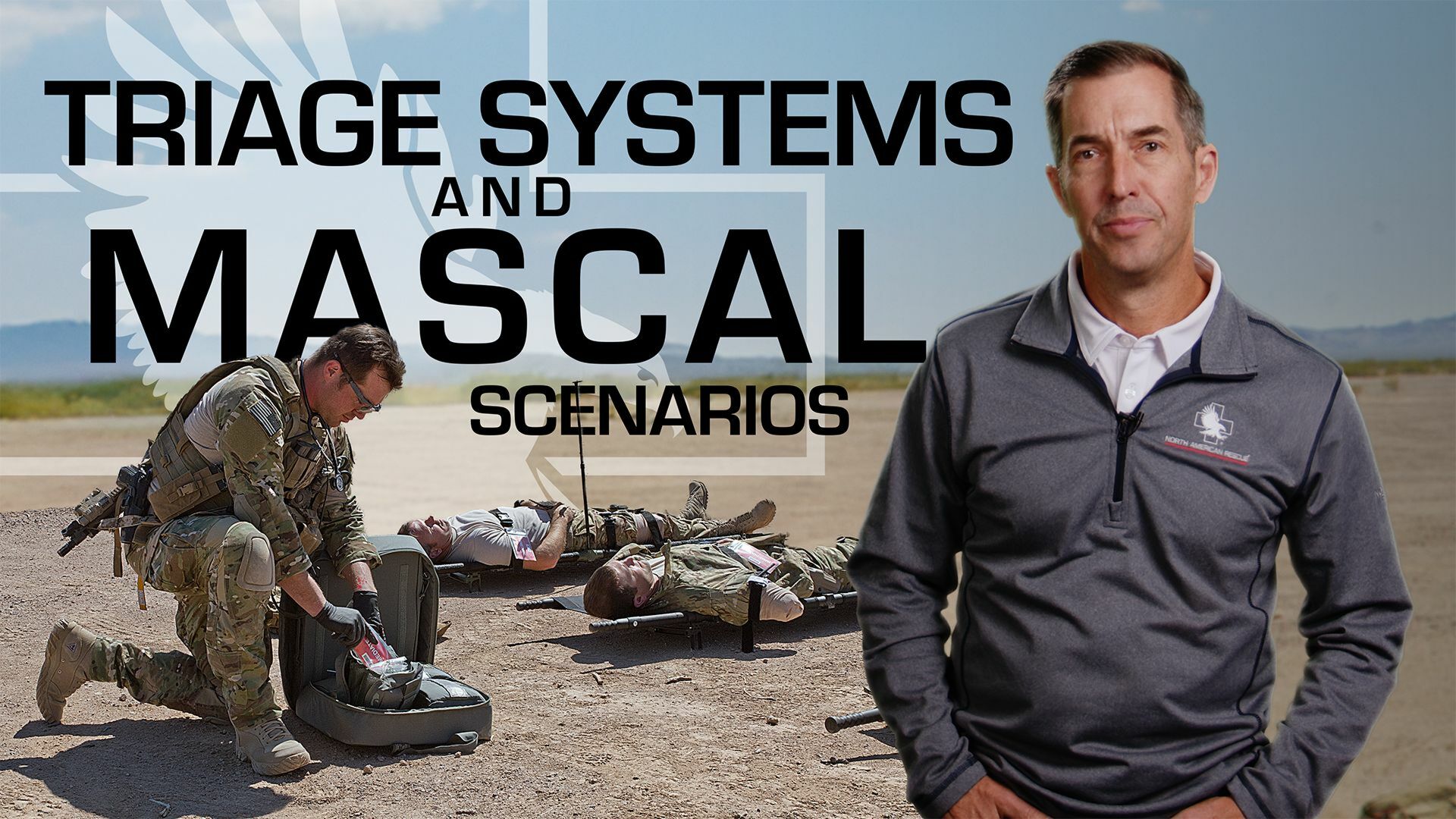So what is a triage system?
Well, a triage system is simply a way to take a group of casualties and label them and sort them according to their patient priority. There are systems, like the salt system, the start triage system. Basically, these systems allow you to take a chaotic situation of a lot of casualties at one moment in time and make it much more manageable.
So, while a lot of these triage systems may work well, if you've got the personnel on hand that are trained in it and you've got the supplies on hand to manage that, a lot of times in mass casualty situations you don't necessarily have that on hand because you can't always predict when or where a mass casualty situation is going to happen.
You don't have the equipment, you don't have the tools, and you don't have the markers on you to be able to lay out a proper CCP and really categorize each and every patient. So what does work in a mass casualty situation? So there's a recent study in the Journal of Special Operations Medicine where they looked at over 29 different mass casualty incidents with over a thousand casualties between all of these incidents.
Well, what they found in this study was that the majority of mass casualty incidents, there were only two categories used, and those categories were some sort of version of urgent, non-urgent, stable, Unstable, and really that's what the medics focused on, was identifying those patients that are unstable.
So really rather than trying to sort everybody out, we're really trying to find the casualties that'll benefit most from rapid evacuation to definitive care. Really what you want to do is focus on immediate lifesaving intervention. So extremity hemorrhage control and airway maneuvers are really the top two in any mass casualty situation.
Also, you really want to look at the security of the scene. This is, especially in a military environment or in a civilian environment where there's a mass casualty situation going on, whether it's due to weather, an active shooter, you really need to focus on security first, and that's not only security. For the patients, but it's also security for bystanders and for those who are going to render care.
The other thing is the speed of evacuation. Casualty movement should be at a premium during a mass casualty situation. You want to make sure that the right people are getting to the right. Place and you're not delaying that transport, you need to move those casualties on and get 'em to the next level of care as quickly as possible.


